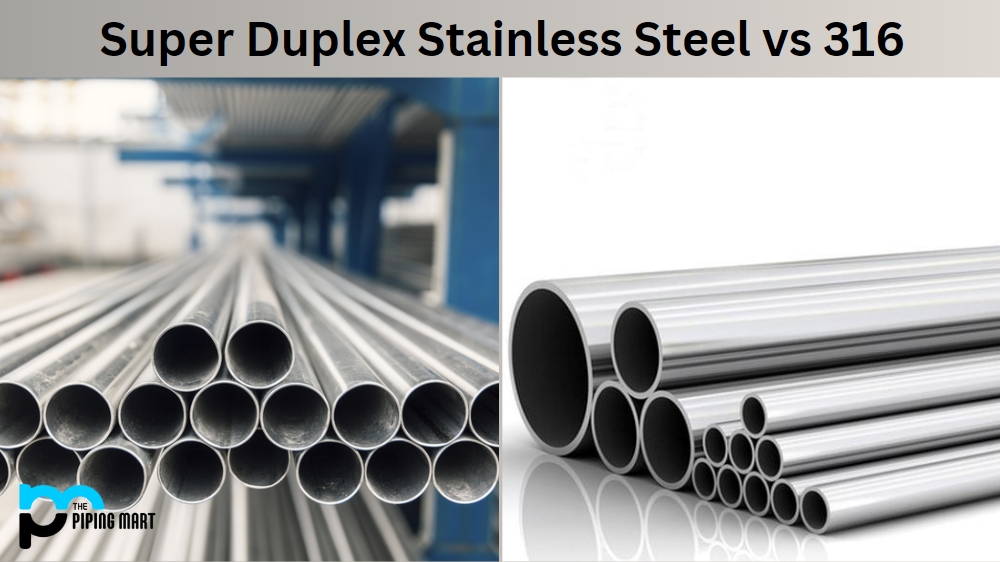If you’re looking to weld carbon steel pipe, you need to know the right welding electrode type and size. Depending on the joint design, position, and welding process, different types of electrodes are used. This blog post will provide an overview of what you should consider when selecting a welding electrode for carbon steel pipe.
Welding Electrode Types
There are several different types of welding electrodes available for carbon steel pipes. The most common ones include cellulosic, rutile, basic, and low hydrogen electrodes. Each type has its own characteristics and benefits that should be considered when choosing an electrode for your project.
Cellulosic electrodes
Cellulosic electrodes are best suited for single or multiple-pass welds on thick sections or root passes on pipes and vessels in all positions with AC or DC power sources. They produce a smooth arc transfer that is especially useful when welding in hard-to-reach areas like corners and narrow pipe sections. The main drawbacks of cellulosic electrodes are their tendency to porosity and lack of penetration when used in thin sections.
Rutile electrodes
Rutile electrodes offer good deposition rates, excellent weld penetration, and very low spatter levels in AC or DC power sources. These electrodes also provide good arc stability even at high currents, which makes them ideal for both fillet and butt welds in all positions except vertical down applications, where they tend to suffer from undercutting due to lack of penetration. Rutile electrodes are also not recommended for use on thin sections due to their tendency towards excess slag formation, which can lead to cracking during cooling.
Low hydrogen electrodes
Low hydrogen electrodes provide excellent joint strength with excellent impact properties thanks to their ability to produce deep penetrating welds even on thin sections with minimal slag inclusion or porosity issues in either AC or DC power sources. Low hydrogen electrodes are often used for root passes and single pass welds in all positions, including vertical down applications where they offer superior bead profile control compared to other types of electrodes. The only downside is that these electrodes require more frequent maintenance than different types due to the need for preheating treatment before use which helps prevent cracking during cooling cycles caused by sudden temperature changes.
Conclusion:
Whether you’re using cellulosic, rutile, basic, or low hydrogen electrodes, selecting the right type and size depending on your joint design, position, and welding process to achieve optimal results when working with carbon steel pipe materials. Keep these factors in mind so that you can choose the best electrode option possible!

Pipingmart is B2B portal specializes in industrial, metal and piping products. Also, share latest information and news related to products, materials and different types grades to help business dealing in this industry.




